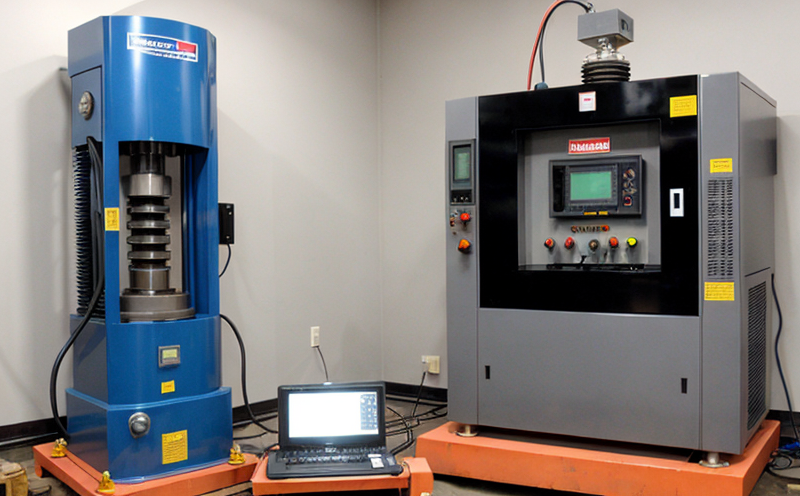ASTM D3580 Random Vibration Testing for Products
The ASTM D3580 standard is a cornerstone in the field of mechanical shock and vibration testing. It specifies procedures for conducting random vibration tests on products to determine their performance under specified environmental conditions. This service ensures that electronic devices, components, and assemblies can withstand the rigors of transportation, installation, and operation without failure. The test simulates real-world environments where products may encounter sudden changes in acceleration and frequency.
The primary goal of ASTM D3580 testing is to evaluate the robustness of a product's mechanical design against environmental stressors such as road vibrations, air transport shocks, or harsh industrial conditions. This service is particularly critical for industries like automotive, aerospace, consumer electronics, and telecommunications where reliability under adverse conditions is paramount.
The ASTM D3580 test setup involves placing the sample on a shaker table that generates random vibration signals over a specified frequency range. The test duration can vary depending on the product's expected lifespan and environmental exposure. For instance, a consumer electronic device may undergo testing for 1 hour at frequencies ranging from 10 Hz to 500 Hz, while more rugged products like military-grade electronics might require longer durations or different frequency ranges.
Proper specimen preparation is crucial before conducting ASTM D3580 tests. This includes ensuring the product is in its intended configuration with all components installed and connected as they would be during normal use. It's also important to ensure that any connectors, fasteners, or other parts are secured to prevent movement during testing which could affect test results.
The ASTM D3580 random vibration test uses a variety of sensors to monitor the product's response to the applied vibrations. These include accelerometers placed strategically around the sample to capture all potential areas of strain and stress. The test data is collected continuously throughout the duration of the test, allowing for detailed analysis afterward.
After completing the ASTM D3580 random vibration testing, a comprehensive report is generated detailing the product's performance during the test. This includes graphs showing acceleration profiles over time, frequency spectra highlighting key resonant frequencies, and any observed failures or deformations. These reports are invaluable for quality managers and compliance officers as they provide critical insights into potential weaknesses in design that need addressing before production.
By adhering to ASTM D3580 standards, manufacturers ensure their products meet rigorous performance criteria across various industries. This not only enhances product safety but also builds consumer confidence through proven durability and reliability.
Industry Applications:
| Industry | Applications |
|---|---|
| Aerospace | Evaluating components for space travel and high-altitude conditions. |
| Automotive | Testing vehicle electronics to ensure they function correctly under road vibrations. |
| Consumer Electronics | Ensuring mobile devices can withstand typical usage scenarios like backpacking or pocket carrying. |
| Telecommunications | Verifying the resilience of communication equipment against environmental shocks during deployment. |
| Military | Evaluating ruggedized gear for battlefield conditions involving significant physical stress. |
Customer Impact and Satisfaction:
- Increased product reliability reducing warranty claims and customer dissatisfaction.
- Enhanced reputation among clients and stakeholders by demonstrating adherence to industry standards.
- Made compliance easier with regulatory bodies and potential buyers who value quality assurance processes.
For more detailed information on the ASTM D3580 testing process, please contact our team of experts. We are committed to providing accurate, reliable results that meet your specific needs.





